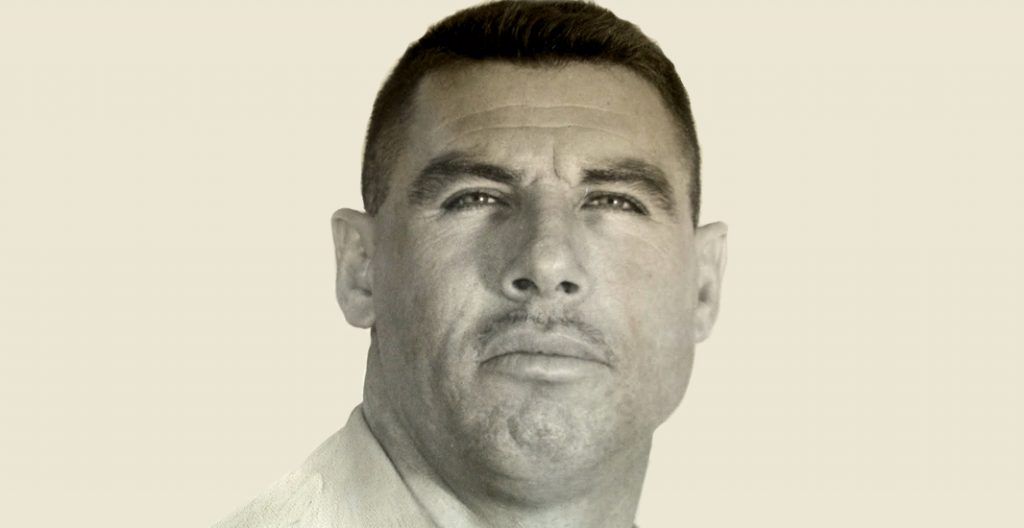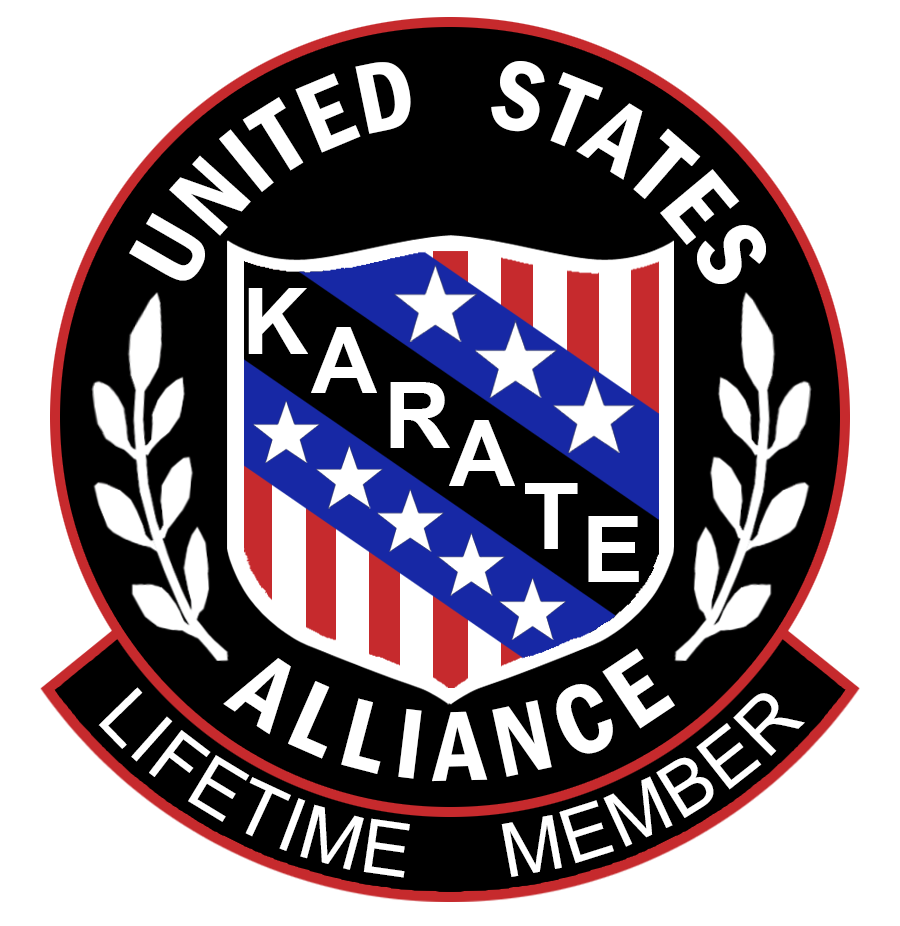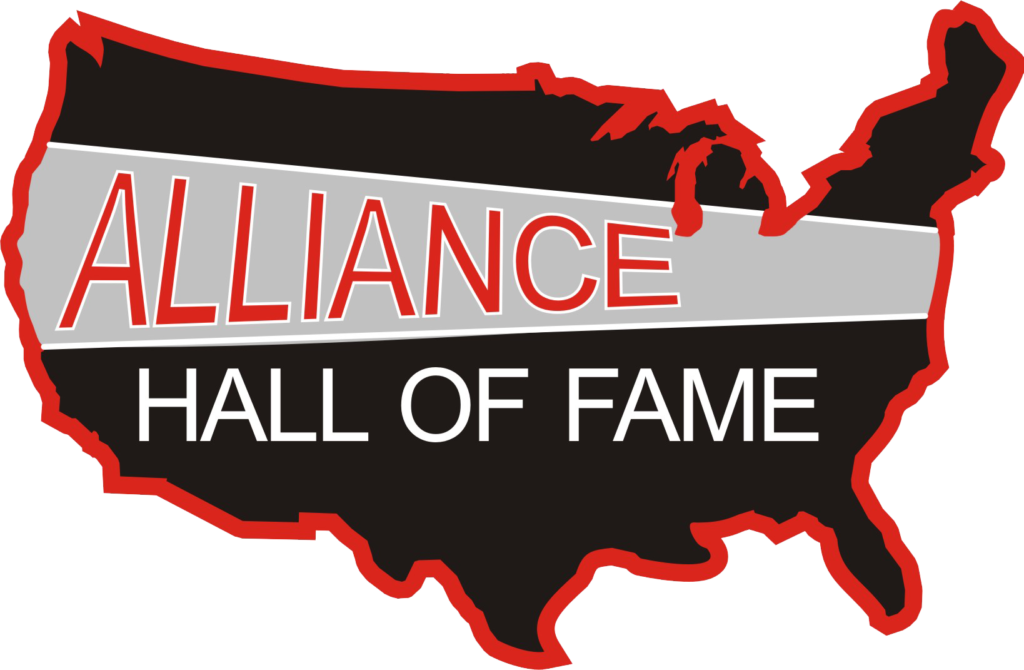
As martial arts knowledge came into the USKA, it quickly influenced early Karate in America. At the time, dozens upon dozens of kata (forms) were taught from a variety of karate styles and systems including Korean styles like Moo Duk Kwan and Tang Soo Do as well as Okinawan and Japanese styles of Karate. As the early USKA was influenced by Goju-Ryu forms, GM Trias taught what was called Shorei-Goju Ryu. Eventually, the Goju forms were not emphasized and Trias Karate became known as Shorei-Ryu.
Returning from his Navy service from the Pacific Theater in World War 2, Grandmaster Robert A. Trias (1923-1989) was responsible for the spread of Karate to the United States mainland. He began teaching martial arts in 1945 and opened the first American Karate school in 1946 in Phoenix, Arizona. In 1948, GM Trias became the founder and director of the United States Karate Association (USKA) that networked returning veterans from the Korean and Vietnam Wars into the largest martial arts organization in the United States with several international members and affiliates across the world. He was responsible for holding the first American tournament with the first set of rules in 1955 as well as publishing the first book on Karate in the U.S. titled The Hand is my Sword in 1958. Additionally, the USKA sponsored the first world Karate tournament in Chicago, Illinois in 1963 and the first world professional Karate tournament in San Antonio, Texas in 1968.
Beginning in 1972, GM Trias began consolidating his own Karate teachings in consultation with his mentor whom he called “Sensei”, GM Yasuhiro Konishi, and recomposed his own interpretation of Okinawan karate and named his system Okinawan Shuri-Ryu Karate-Do (“the school that learns from tradition to go beyond”). The name change was appropriate seeing how Trias Karate was paired down to having 15 kata (forms) instead of dozens upon dozens of forms taught in the earlier iterations of Trias Karate. This new blended style of Karate was recognized by the leading Japanese and Okinawan grandmasters of the time which included his mentors, GM Yasuhiro Konishi (1893-1983) and “Makoto” Shinken Gima (1896-1989).
In addition to Karate, Grandmaster Trias was also a student of Kodokan Judo under Master Yaju Yamada of Orange County, California. GM Trias served as president of the Judo Yudanshakai for six years and trained many Judo champions. Additionally, Grandmaster Trias learned Yawara (Japanese Jujutsu) from Master Frank Matsuyama. He also served as an officer for the Arizona Highway Patrol from 1946-1961.
Grandmaster Trias authored five books on the martial arts: Karate is my Life, The Hand is my Sword, The Pinnacle of Karate, The Supreme Way, and Render Yourself Empty.
Sadly, GM Trias passed away on July 11, 1989, and was laid to rest at the National Memorial Cemetery of Arizona in Phoenix.
GM Trias held 10th degree black belts in Karate and Kobudo, a 6th degree black belt in Kodokan Judo, a 2nd degree black belt in Yawara (Jujutsu), and honorary ranks from various countries.





